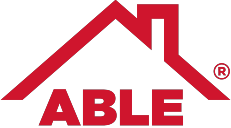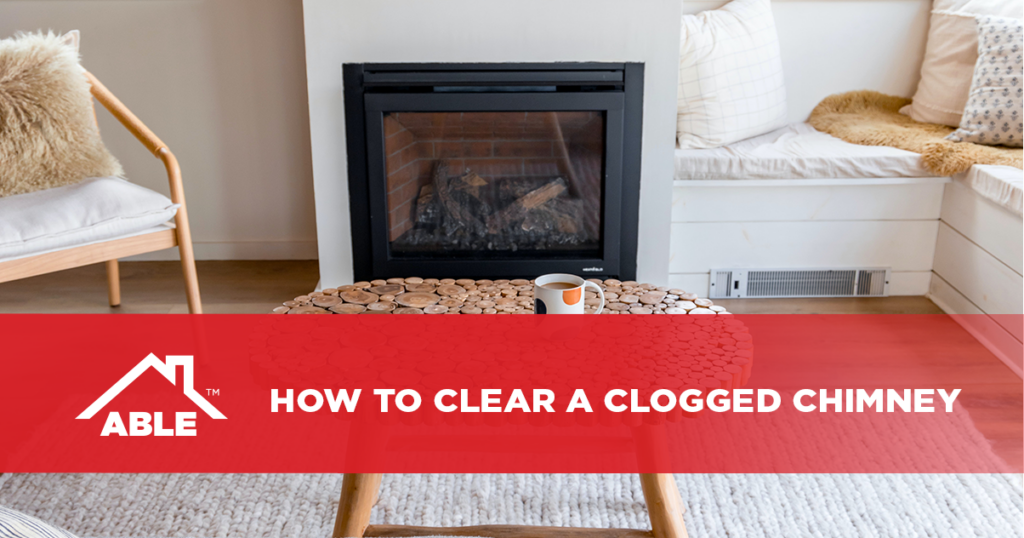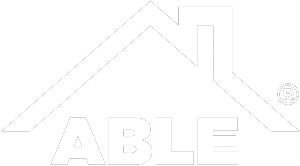Your chimney is an important feature of your home. A crackling fireplace is perfect for the winter when you simply want to stay warm and comfortable. While chimneys do not require excessive maintenance, regular cleaning is vital to ensure your chimney is working as efficiently as possible and protecting your home from any potential dangers. The purpose of a chimney is to maintain the fire and remove harmful byproducts from your space. A blocked chimney is dangerous as both a potential fire hazard as well as a breathing hazard. Regular inspections and cleaning can help prevent any clogging.
Common causes of clogging
Wild animals are some of the most common culprits of clogs. Animals such as squirrels or birds can bring nesting material inside of your chimney lining, also referred to as the flue liner. If large trees surround your home, debris like twigs, small branches, leaves, and seeds can fall inside the chimney. Creosote is a byproduct of burning wood, a dark brown oil in appearance and texture. This oil is highly flammable and can accumulate along with the flue liner, eventually leading to a clog. Signs that you are experiencing a clog include:
- Water leakage
- Debris falling towards the base of the fireplace
- White residue on the walls of the flue liner
- Excessive smell of smoke during a fire
If you fear you are experiencing a clog, it is important to handle the issue as quickly as possible. Clogs can become a significant fire hazard. Harmful by-products and gases can also build up inside the home. This includes carbon monoxide, which is potentially fatal for both pets and humans.
Clearing the clog
If you feel that your chimney is clogged, you can call in a professional. A professional chimney cleaner will have the tools and knowledge to get the job done quickly and efficiently. This may be the best option if you question your safety, or if it has been quite some time since your chimney was last cleaned and inspected. You also have the option of cleaning the chimney yourself. If you do decide to do it yourself, you must have the right equipment. You’ll need:
- A ladder
- Flashlight or headlight
- Protective gear – goggles, gloves, mask, long-sleeve shirt, jeans, proper footwear
- Broom, cleaning brushes (wire brushes work best)
- Drop clothes or protective sheets
- Vacuum
When removing a clog from your chimney, you must always put your safety as your top priority. If you worry about your ability to clear the clog safely, it is best to trust a professional. This provides peace of mind that the job is done correctly and can save you time and money overall.
Start at the top
It is best to start at the top of your chimney and make your way down. You will want to carefully place and climb a ladder leading to your roof. It is recommended that you have someone spot you when climbing and moving around the roof. You will want to make sure you have your protective gear on before starting your cleaning task. When you are ready, start by removing the chimney cap. This should come off with minimum force.
Once the chimney cap is removed, you will have better access to the interior of the chimney. You will want to take your brush and scrub along the sides to remove debris. With your flashlight or headlight, you will be able to check for any missed areas and ensure the clog is completely removed. After cleaning what you can reach, replace the chimney cap and get ready to repeat the process inside of the home.
Finishing the job
Before repeating the cleaning process inside, you will want to protect your floor and furniture as much as possible. It is recommended you use sheets or a drop cloth to protect the surfaces surrounding your fireplace. It is helpful to have a vacuum close by any soot that carries throughout the space. Once your area is ready, and you are in your protective gear, you’ll use your wire brush to clean the various surfaces of your flue liner. Use your flashlight periodically to check for any missed spots.
Turn to the professionals
Hiring professional cleaners may be your best option if you continue to experience symptoms of a clog after cleaning your flue lining yourself. This could be an indication that there is a larger problem than you originally suspected. A professional will know all the intricate details for which to look to ensure your system is operating safely and efficiently.








